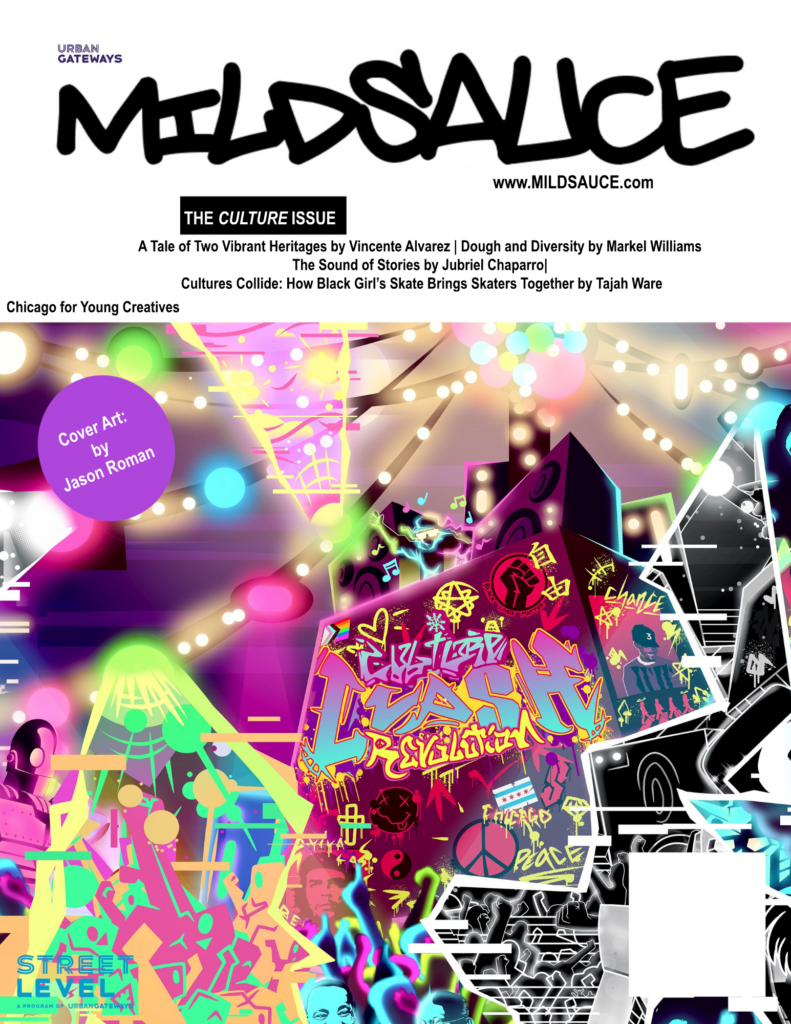
Have you ever stopped and took a second to look around the city, the people? Notice how many different cultures are present, walking, clashing, and even mixing with each other. I am living proof of that, being half Puerto-Rican and half Cuban. I first realized how cultures clash and mix when I was a kid. I was at a family party having fun with some of my cousins when suddenly it was time to eat. My family from both sides brought food and when my mom came with my plate I was presented with dishes I had never seen before. She explained that some of the dishes were Puerto Rican based, while others were Cuban.
There were empanadas, which is basically stuffed baked bread that has crunchy edges filled with either chicken, meat or cheese. Jibarito de bistec, a sandwich that has steak, melted cheese, lettuce and tomatoes, and instead of using buns, they use fried plantains instead to give it that nice crunch. Finally, Lechon Asado, which is basically just roast pork but usually served in tiny square pieces for you to munch on. I was skeptical at first, I mean I was a very picky eater as a kid. Most of my diet consisted of chicken, pizza, or sandwiches. But as soon as I took my first bite, I was in heaven with the flavors and satisfying meals I had for that night and more to come.
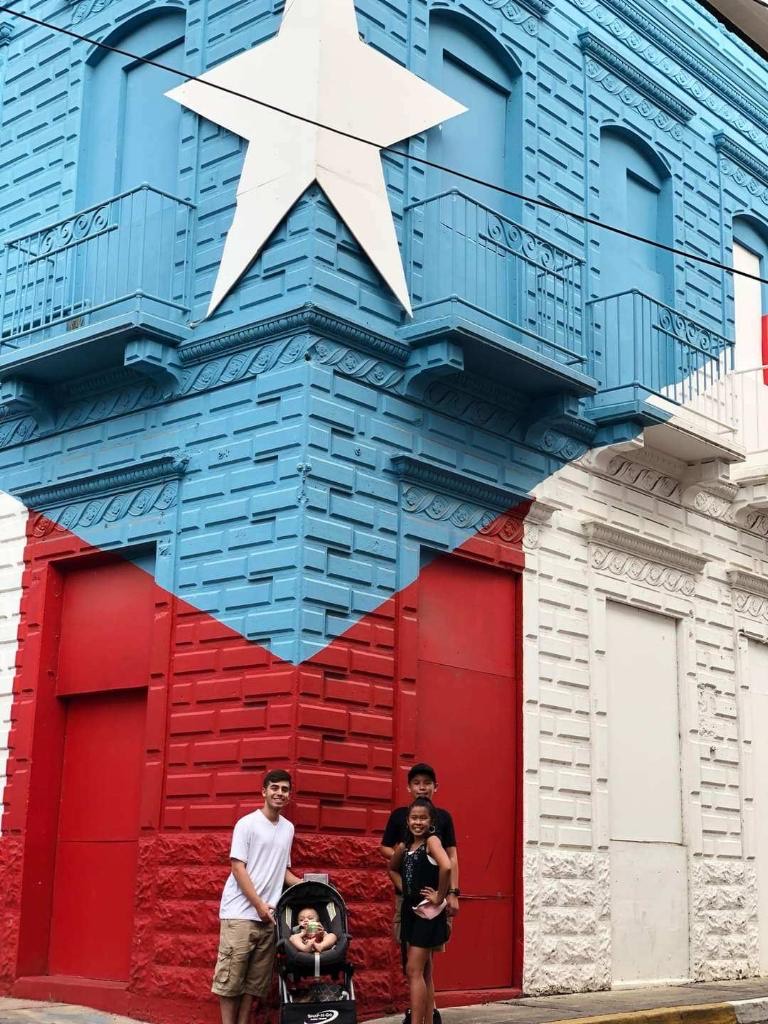
The mixing of different styles of foods was so fantastic and helped me develop the love for it even more. Food is such a blessing and I’m glad I have learned and tried different styles and original foods from different cultures. Speaking of different styles of food, Markel Williams, Multimedia Journalist, spends this issue discovering and trying different styles of pizzas from a variety of cultures. From New York, to Detroit, to even the deep dish Chicago Style pizza that has lately been gaining some controversy, Markel experiences the culture clash of pizzas. Geez, all that food talk is making me hungry. Despite the fact that I grew up in a Latino household, I still grew up in the United States. Before I knew how to speak English, my first language was Spanish. But when school started I ran into a major problem: No one seemed to understand what I was saying. It was difficult for me and now that I’m older, I understand that sometimes cultures clashing can lead to some obstacles as well.
It got to a point where I ended up unlearning Spanish and started speaking English as my main language from there on out. It’s something that I regret. It affects me in different scenarios such as communicating well with my family or friends, and in a way making part of my identity disappear since most people see me as a white guy, which I’m not. I’m Puerto Rican and Cuban, and I want people to know who I am because I am proud of it. As I started losing my Spanish speaking skills, the only people I attempted it with were my grandparents. Thankfully I can still understand and speak at a pretty good level, but I could be better. I now wish that I had tried to maintain my Spanish with my English as a kid, instead of discarding one for the other. Now, I’ve been practicing with my family members besides my grandparents like my mom and dad. It’s been helping me get back to how I was before, which is extremely fulfilling. Learning how others handle these obstacles is also something that Multimedia Journalist Vicente Alveraz is tackling. Vincente’s story shows how two different cultures interact, and how they mix their differences beautifully even while clashing.
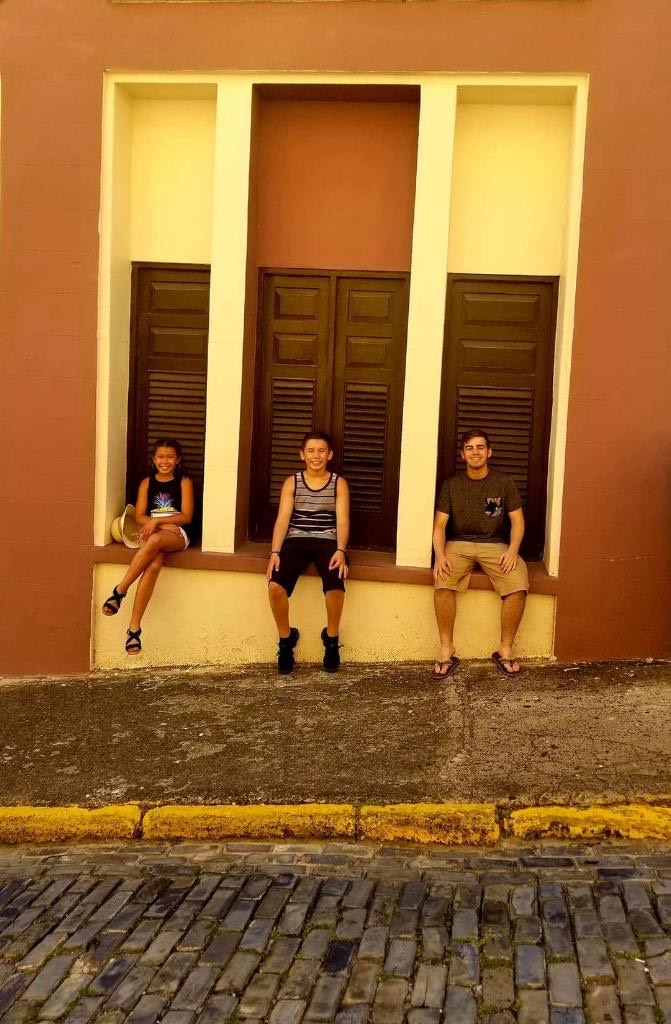
My school experience reminds me of another moment where I was put into an awkward situation due to two cultures clashing. I’m currently attending college (time flies!), and it’s very different from highschool in many ways. Besides the extremely difficult work that professors give, the community and students that surround you have people from many different backgrounds. An event occurred one night at the college’s party area named The Bog. I was dancing with friends and the songs were ones that everyone here in the States have heard commonly like Pitbull or Bruno Mars. Then suddenly the music switched to a more Indian-type song and everyone who recognized it came rushing in and formed a circle around the dancefloor.
Everyone besides them was confused and spectating from afar while they had a blast. It was really weird because it felt like anyone who didn’t know the song and was unfamiliar to the dances they were doing, did not want to join. The cultures were clashing but more in an isolated type of way for both sides. I was part of that group of spectators and didn’t feel the need to join due to me feeling that this was their moment. I thought d it would be awkward if I hopped in not knowing any lyrics or dances. The best way I usually approach experiencing a culture outside of my own is always getting to know or asking someone from that culture, which usually happens with me when I make friends. Sure you could do some research on the internet but sometimes you can assume something and it turns out to be wrong due to misinformation. For example, even when I witness the “one dish is more tasty than the other” argument, I always have an understanding that everyone comes from different backgrounds and experiences. In the end no one is really wrong, just different.
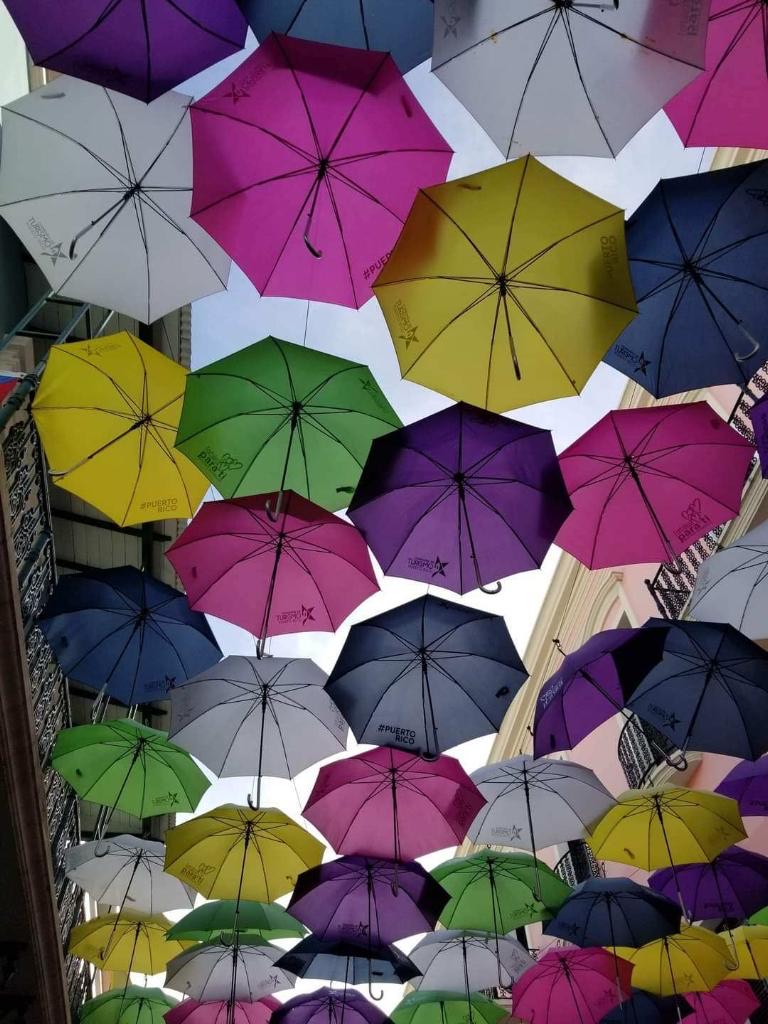
In this issue, we step into worlds different than our own and share our experiences. It’s interesting how the very concept fulfills both the purpose of being different, while not too much that you’re alone at the same time. There are multitudes of elements when experiencing cultures. From positive ones like food, hobbies, and dances, or negative ones like me losing my native language. Do you try to learn about these differences, maybe even incorporate them into your current life? What does your culture/community look like, and how does it affect you? Dive into our “Culture” Issue to hear how youth journalists address this topic.
This marks Jubriel Chapparo’s last issue with us as Creative Editor on Mildsauce. Thank you for all your hard work, and good luck on your future endeavors!
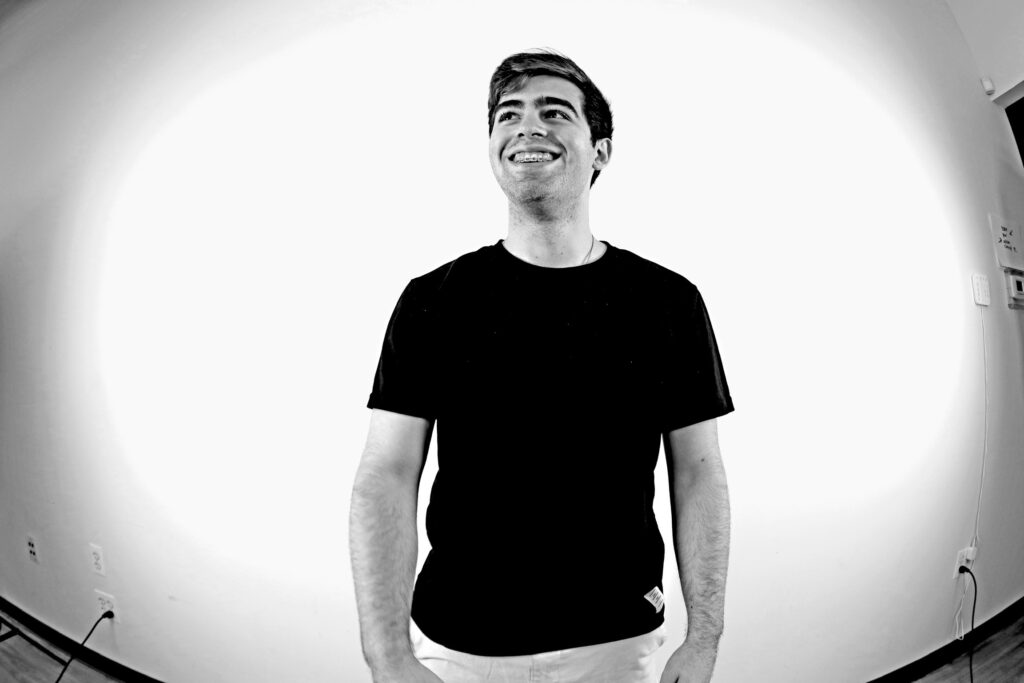


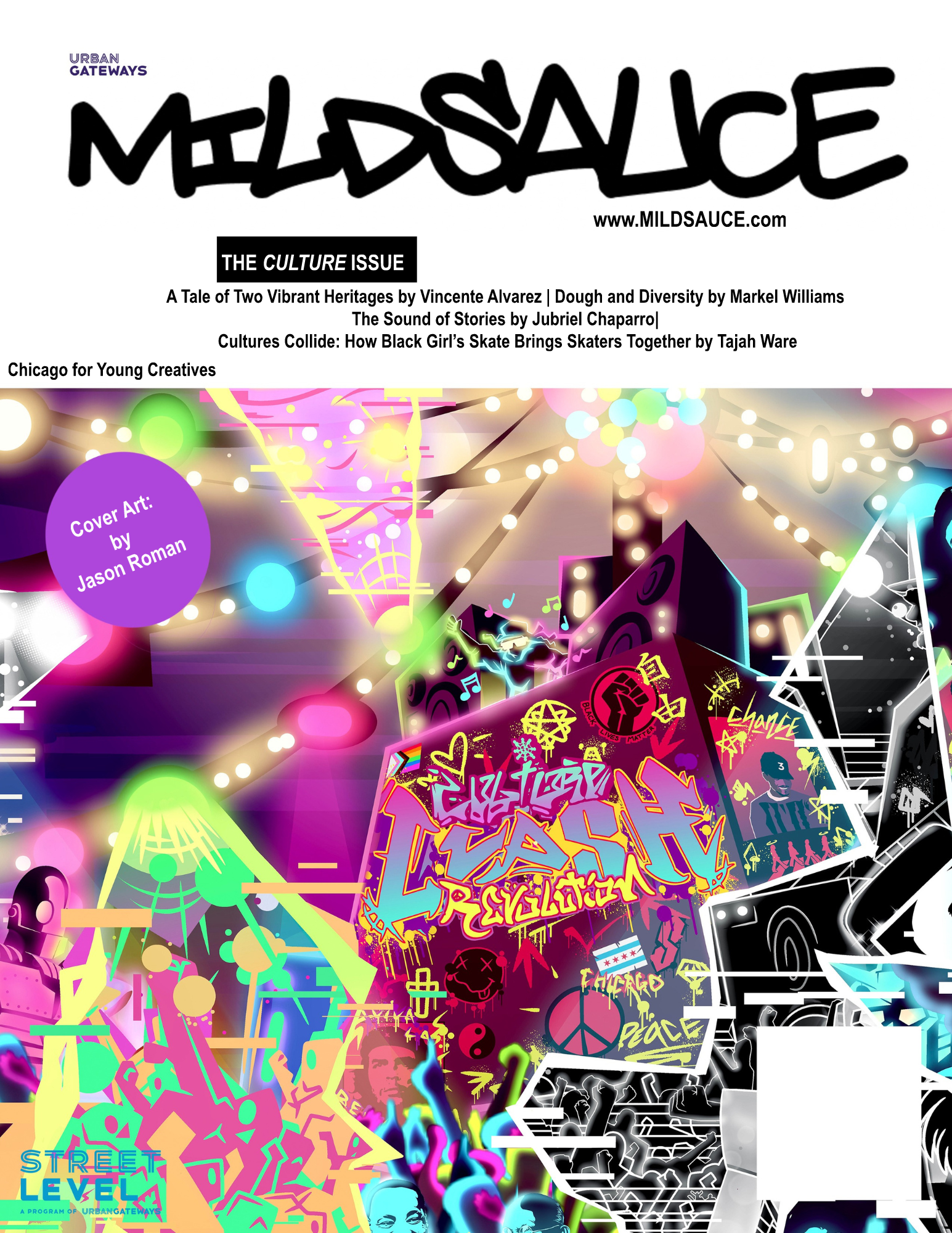



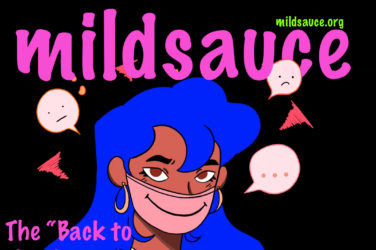
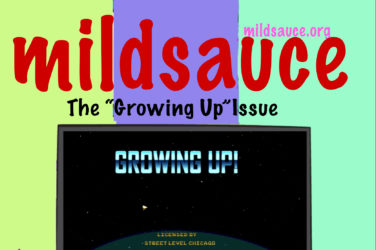
Show Comments (0)